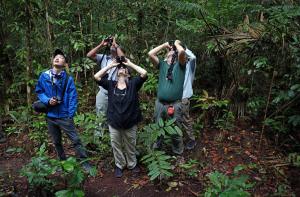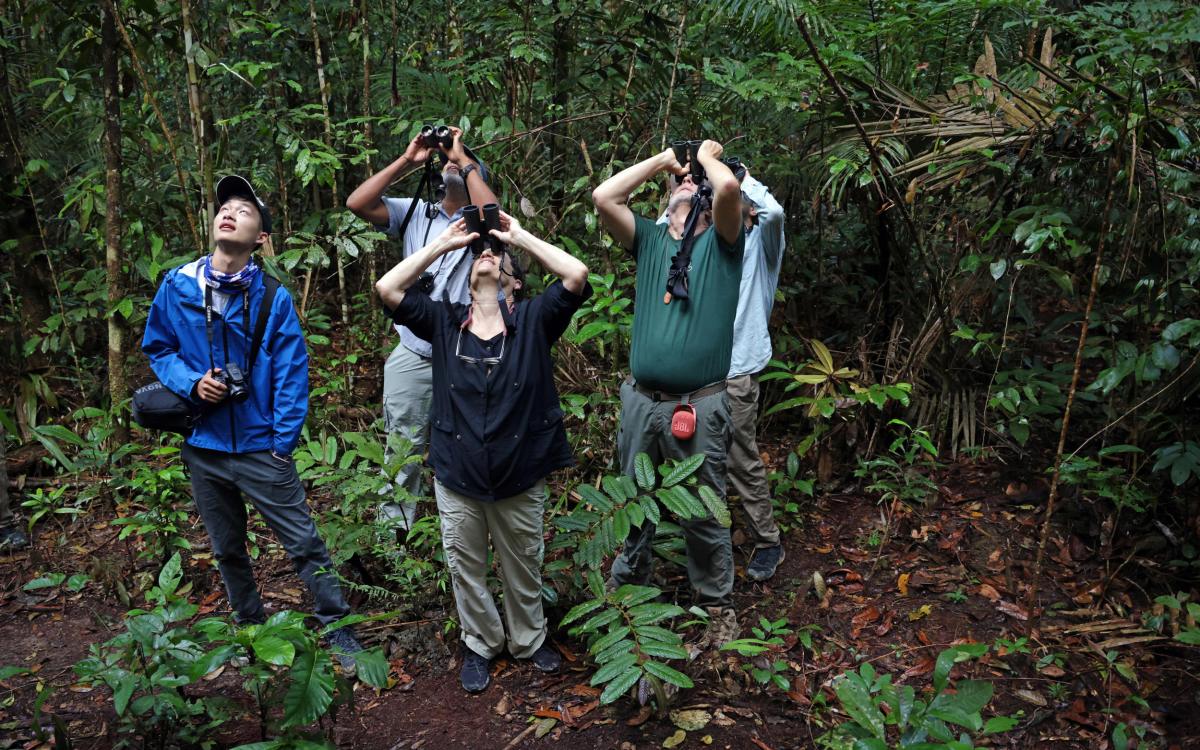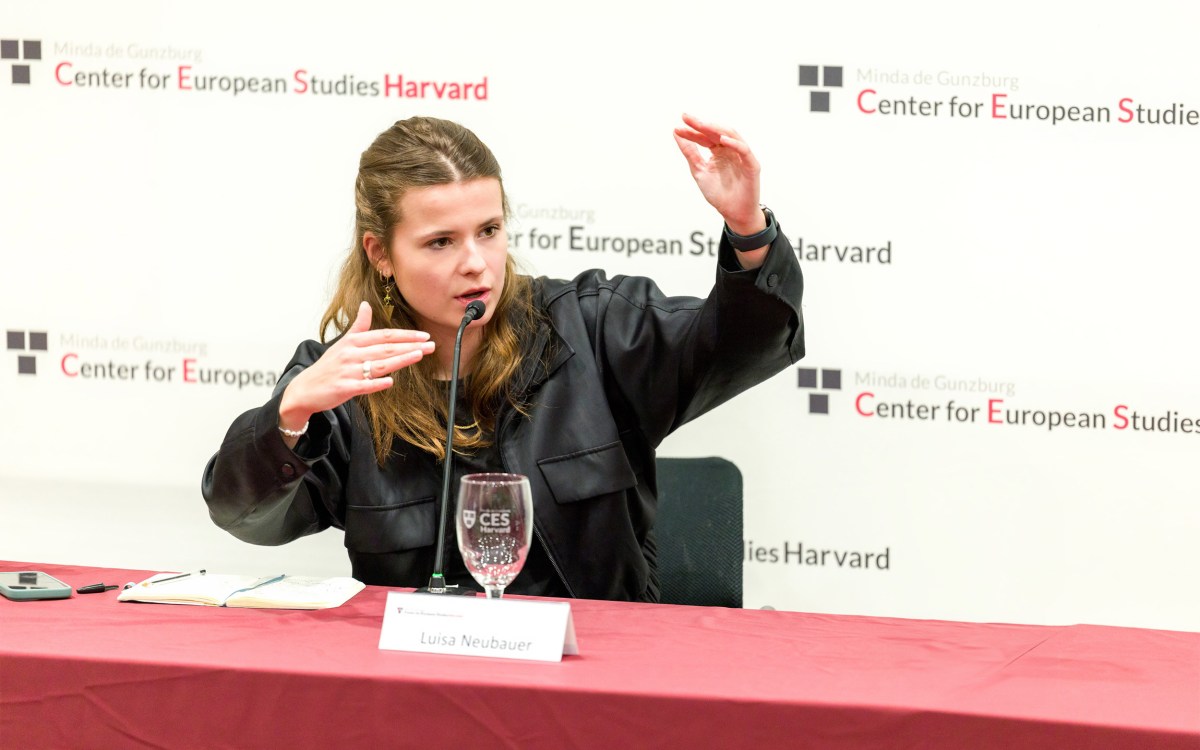DARPA awards interdisciplinary research team $1.2 million grant to study surface enhanced Raman scattering
The Defense Advanced Research Projects Agency (DARPA) has awarded a $1.2 million grant to an interdisciplinary team of Harvard researchers to study surface enhanced Raman scattering (SERS) for the first phase of a potential three-year effort. If all phases of the development program
are completed, researchers could receive up a total of up to $2.9 million in funding.
Ken Crozier, Assistant Professor of Electrical Engineering at the School
of Engineering and Applied Sciences (SEAS) will serve as the principal
investigator for the grant. His co-investigators include Eric Mazur,
Balkanski Professor of Physics and Applied Physics at SEAS and the
Department of Physics and Alán Aspuru-Guzik, Assistant Professor of
Chemistry and Chemical Biology at the Department of Chemistry and
Chemical Biology.
SERS relies upon a fundamental phenomenon in physics called the Raman
effect—the change in the frequency of monochromatic light (such as a
laser) when it passes through a substance. Properly harnessed, Raman
scattering can identify specific molecules by detecting their
characteristic spectral fingerprints. Potential applications of SERS
include the sensing and identification of a range of materials,
including chemical and biological agents, improvised explosive devices,
and toxic industrial waste.
“While SERS offers enormous potential for chemical detection and
sensing, its practical use has been hampered by the need for improved
knowledge of the fundamentals of the enhancement mechanisms,” says Crozier.
To help foster the research, Crozier plans to collaborate with two
existing Harvard-based centers, the Nanoscale Science and Engineering
Center and the Center for Nanoscale Systems, a member of the National
Nanotechnology Infrastructure Network.




